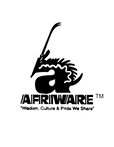|
The most popular of all of the books by Dr. Ernest Alfred Thompson Wallis Budge is, “The Egyptian Book of the Dead.” Other names include but are not limited to “The Book of Coming Forth by Day and by Night,” or “The Papyrus of Ani.” It has been referred to as the “oldest religious text in the world.” Let us first acknowledge that the original format of the “book” was a scroll made from papyrus that was 78 feet long, and is over 2000 years old. It consists of hieroglyphics and over 150 illustrations/pictographs. The “book” can be compared roughly to our modern day graphic novel. The “best preserved” copy of the book is in the British Museum which was "acquired" by E. Wallis Budge in 1887. This book that was found in Egypt was actually “stolen” and brought to the British Museum, or shall I say, “The Brutish Museum.” That is a story for another post, but for now, let it be understood that the highly coveted book was found in Africa, the land of our African Ancestors. This curated list below includes most of the books written/translated by E. Wallis Budge, and some alternate translations of “The Egyptian Book of the Dead” as discussed in this post. E. Wallis Budge and Ancient Egyptian Books
The 10 commandments and many other Christian references can be found in "The Book of the Dead" which pre-dates the bible by over 1000 years. Just one example is, Isis, the Virgin Mother compared to Mary, the Virgin Mother. A list of the comparisons can be found in “The Egyptian Book of the Dead” translated by Gerald Massey. I’ve included a picture of the last page of his book which gives more of the comparisons between Christianity and Ancient Egyptian Religion. Budge’s version of “The Book of the Dead,” gives the reader the great opportunity for independent interpretation because the original hieroglyphics and translation are shown side by side. If, for example, Budge translated in error, the hieroglyphics would stand out when compared to similar excerpts. Even the best of intentioned transcribers could incorrectly translate due to the sheer volume of work and possibility that words may have different meanings based on context, as is the case in the English language. While Budge’s translation is very helpful for hieroglyphics enthusiasts, it falls a bit short in that it doesn’t show the original “vignettes” or pictures that he describes. While the illustrations are a useful substitute, I do want to point out another translation of the book which depicts the original pictures, and colors called, “Egyptian Book of the Dead: The Book of Going Forth by Day: The Complete Papyrus of Ani Featuring Integrated Text and Full-Color Images (Revised)” translated by Raymond Faulkner. This presents more detail for the curious to analyze. As the saying goes, “a picture is worth a thousand words.” When viewing the picture alongside the hieroglyphics, new context may be revealed that was not recognized before. As a result, interpretations may improve. As an example, the word, "worship" has had a long history of misinterpretation by those who do not have appreciation or depth in understanding for the diverse cultural heritage of Africans. It has been said that the Africans "worshipped" multiple "idols," "false gods," "fetishes," or believe in animism, for example. Budge's translation adds to the confusion. He uses the symbol as shown in Figure 1 and translates it as "Adoration," from Plate 1. He translates a similar symbol as shown in Figure 2 as "Adoration" even though the figure is standing and has something behind it. Figure 3 which is a duplicate of the symbol in Figure 2, he translates to "A hymn of praise," even though it's the same. Notice also, that all three symbols have the hieroglyphic equivalent as "tua." Is it a wonder why our culture has been misunderstood? An example of the detail that is added when the actual pictographs are used in conjunction with the translation is shown in Figure 4 below. Figure 4 is a screenshot of Faulkner's translation of "The Egyptian Book of the Dead." The description reads the same as it does in Budge's translation. It says "Vignette of Ani and his wife Ani stands with his arms raised in adoration behind a tray on two stands which is heaped with offerings and topped by a bowl of burning incense. Behind him stands his wife." The same word, "adoration" is used to describe the scribe Ani's pose with hands raised (on the right). How do we know this is "adoration" and not "a hymn of praise?" The description does not describe what Ani's wife (pictured to his left) is doing with her hand, or what she is holding. Is it a musical instrument, or some energy device? Whenever I've attended church, the congregants often hold their hands up to "feel the spirit." Is Ani giving and or receiving energy? There are so many more questions that get raised when seeing it for ourselves. It is interesting to note that Budge revealed the method he used to “acquire” the Egyptian Book of the Dead” for the British Museum in a book called, “By Nile and Tigris.” [2] He was even arrested at one point by Luxor police. This dastardly deed is a well known and is commented upon in the Egyptian documentary Ancient Egypt The Egyptian Book Of The Dead." Budge “used his influence and his scholarship… to steal many antiquities, and take it out of the country and put it in the British Museum.” - Zahi Hawass, Head of Antiquities, Egypt [1] 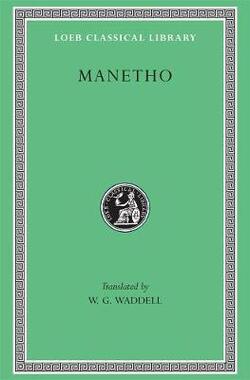 The field of Egyptology was built on the spoils of Budge’s and others’ findings. And, those in the field are considered the foremost authorities. What opinions/interpretations do the locals to the region have about the translations? What is their view on the contents? Also, why such a rift between the Egyptologists and African-centered scholars like Dr. Yosef ben-Jochannan who gave regular tours of the region and taught Egyptology? Dr. Ben, as discussed briefly in a post called, “Books by Dr. Yosef ben-Jochannan” mentions an Egyptian-European priest named Manetho who gives a chronology of the dynasties before the death of Alexander II, the so-called, “great.” This is an important period because it details Egypt prior to colonialism/imperialism. As we’ve come to understand in doing good research, it is best to get as close to primary sources as possible as outsiders will likely bring opinions and interpretations that are not necessarily commonly agreed upon concepts of the autochthonous. Mantho’s book is called, “Manetho: History of Egypt and Other Works.” As the reader may have surmised by this point, the study of ancient Egypt is filled with twists and turns. It is an adventure stranger than the fiction depicted in “Raiders of the Lost Ark” though loosely related. It is likely the reason Dr. Jacob Carruthers urged me many years ago to study the hieroglyphics for myself so I could add my voice to the vast array of interpretations in the field when we first met. While I haven’t embraced or explored it deeply, I was recently approached again by organizers at Chicago’s Kemetic Institute. I’ve included the latest announcement about their class in case other students want to inquire about upcoming classes. They recommend the book, "Egyptian Hieroglyphs for Complete Beginners" by Bill Manley for that class. Their email address is: [email protected]. I'll close by briefly mentioning the excavation work being done by Anthony Browder. We are so proud that he is the first African American to lead an excavation in Egypt. He's made some revolutionary finds. I do hope you'll dig deeper to find out more about his important work and consider supporting. Final ThoughtsAs always, I appreciate that you have read through this blog post. I hope that you’ve become curious to read more books by Wallis Budge. We ask that you consider purchasing your books from our Black owned bookstore, Afriware Books, Co. If there is a title you’d like to purchase that is not mentioned here, or could not be found on the website, feel free to email us at: [email protected] Blog Notes[1] Ancient Egypt The Egyptian Book Of The Dead History Documentary
[2] Youtube video of Budge autobiography E.A. Wallis Budge and the Papyrus of Ani Comments are closed.
|
AUDIOBOOKSMERCHGIFTSjoin email listACADEMIC BOOKSblog Author/
|
- Store
- Blog
- AUDIO BOOKS
- EBOOKS
- SEARCH
- Welcome
- GoFundMe
- TUCC
- Events
- READING GUIDE
- AUTHOR INFORMATION
- ARTIST BIO/PRICE
- NNEDI OKORAFOR BOOKS
- PODCAST
- LARUE'S HAND IN CLAY
- About Us
- FREQUENTLY ASKED QUESTIONS
- BOOK FAIR /SCHOOLS / CLUBS
- Photo Gallery
- EJP BOOK DRIVE
- Videos
- Newsletter/Articles
- Archives
- External Links
- Afriware Statement on COVID-19
- GREATER LAKES
- Afriware Merchandise
- AFFILIATE INFO
- SEBRON GRANT ART DESIGNS
- Mother's Day Bundles
- CARTOON
- ROBOTS
- STEM
AFRIWARE BOOKS CO. A COMMUNITY BOOKSTORE SERVING:
|
|
Melrose Park, IL
|
|
,AFRIWARE BOOKS, CO,
1033 SOUTH BOULEVARD, OAK PARK, IL 60302 708-223-8081 ONLINE SUPPORT: Thurs-Fri. 4-6pm Sat. 12-2pm, IN PERSON EVENTS: afriwarebooks.com/events |
Want to try a great website builder, try Weebly at: https://www.weebly.com/r/9SAD4V

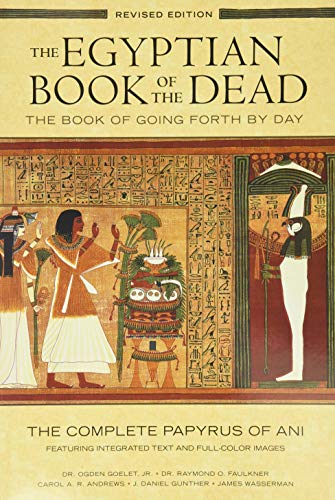
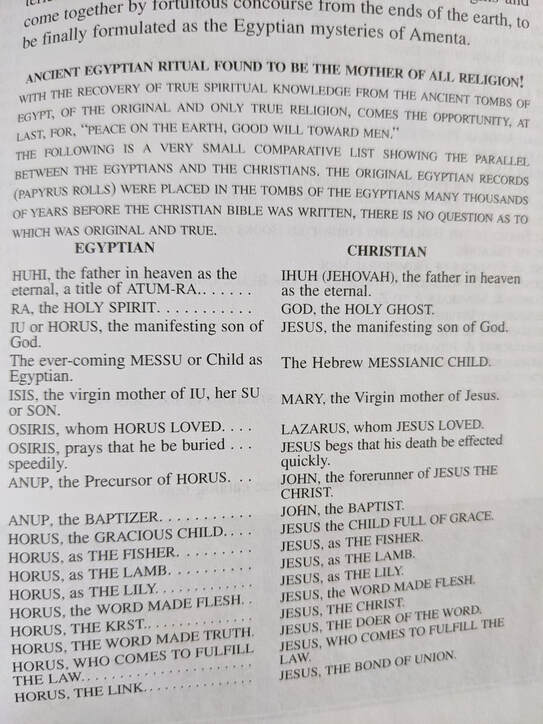
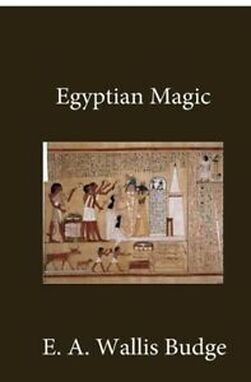
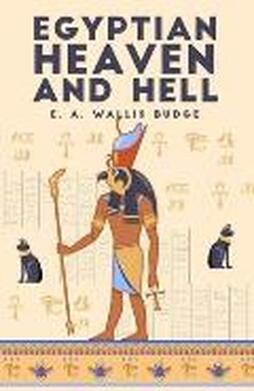

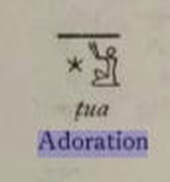
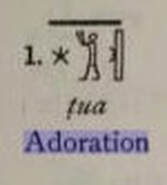
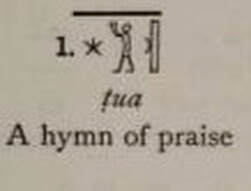
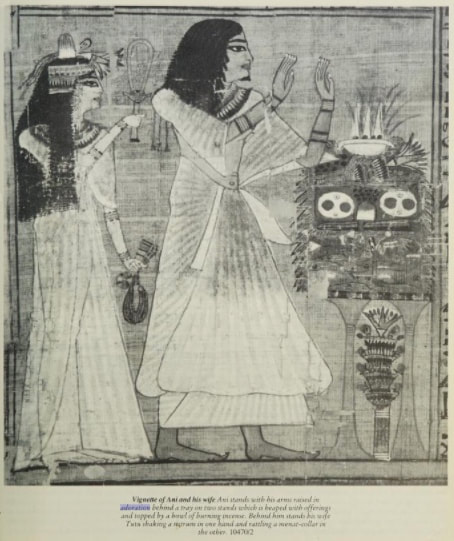
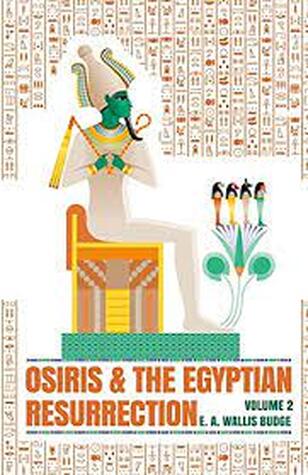
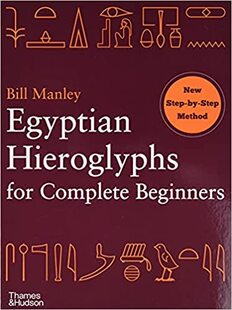
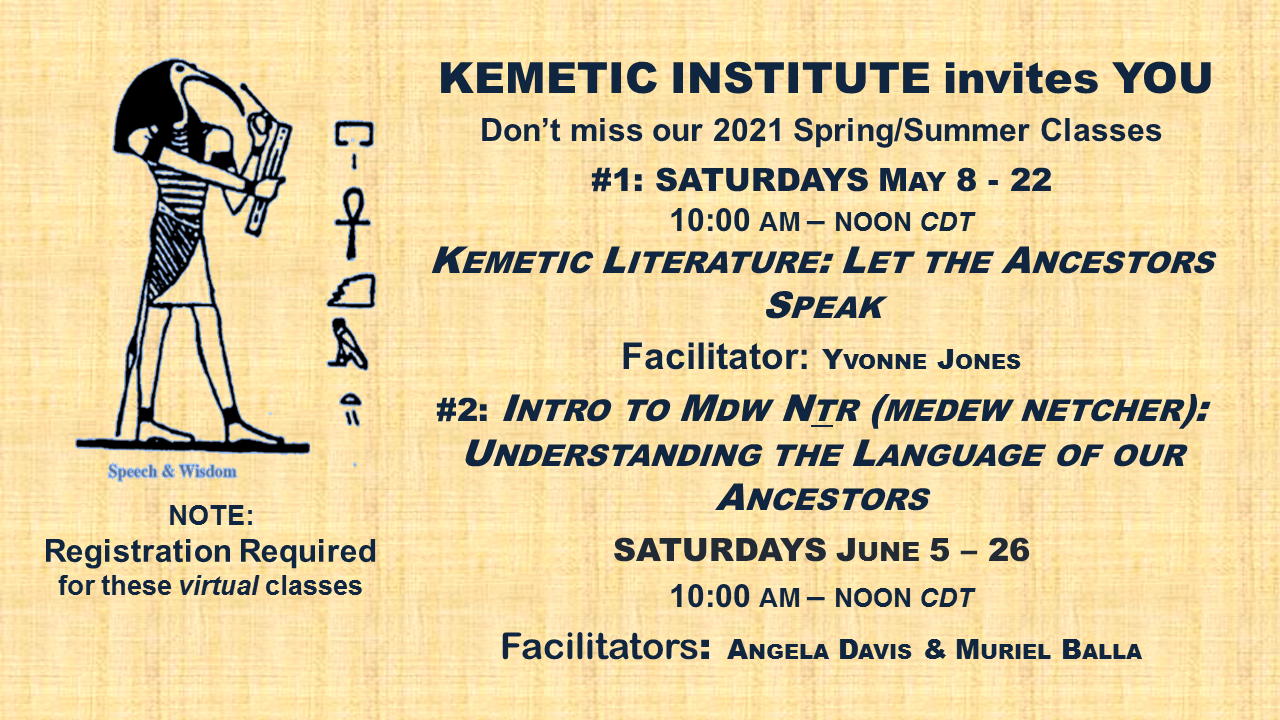
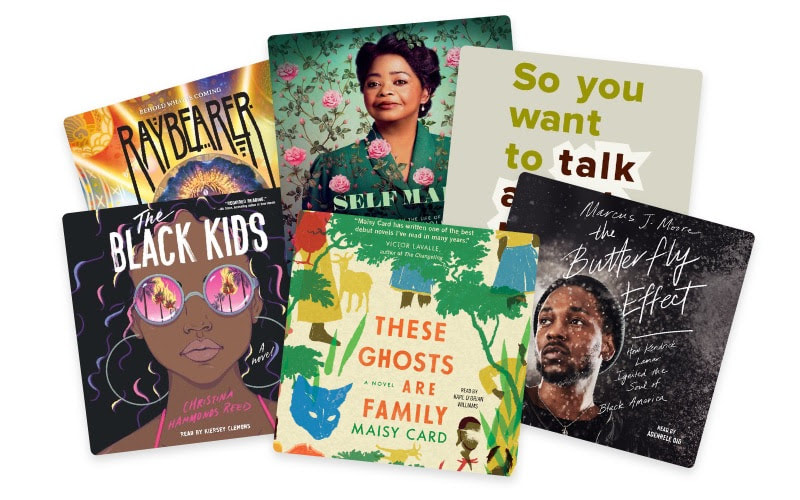
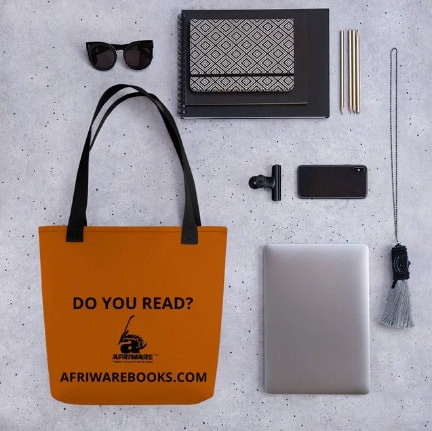



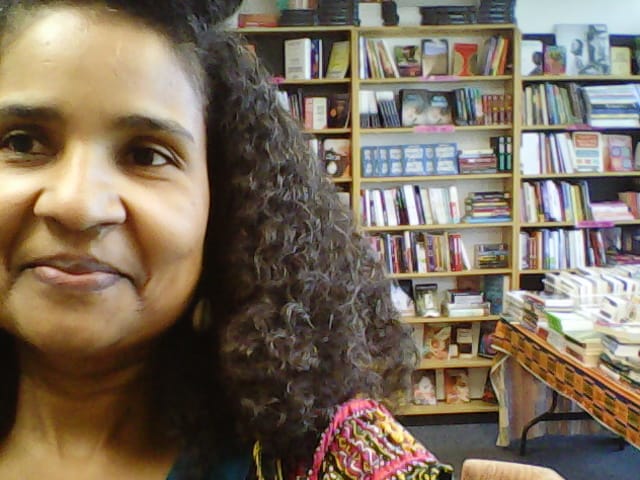
 RSS Feed
RSS Feed


